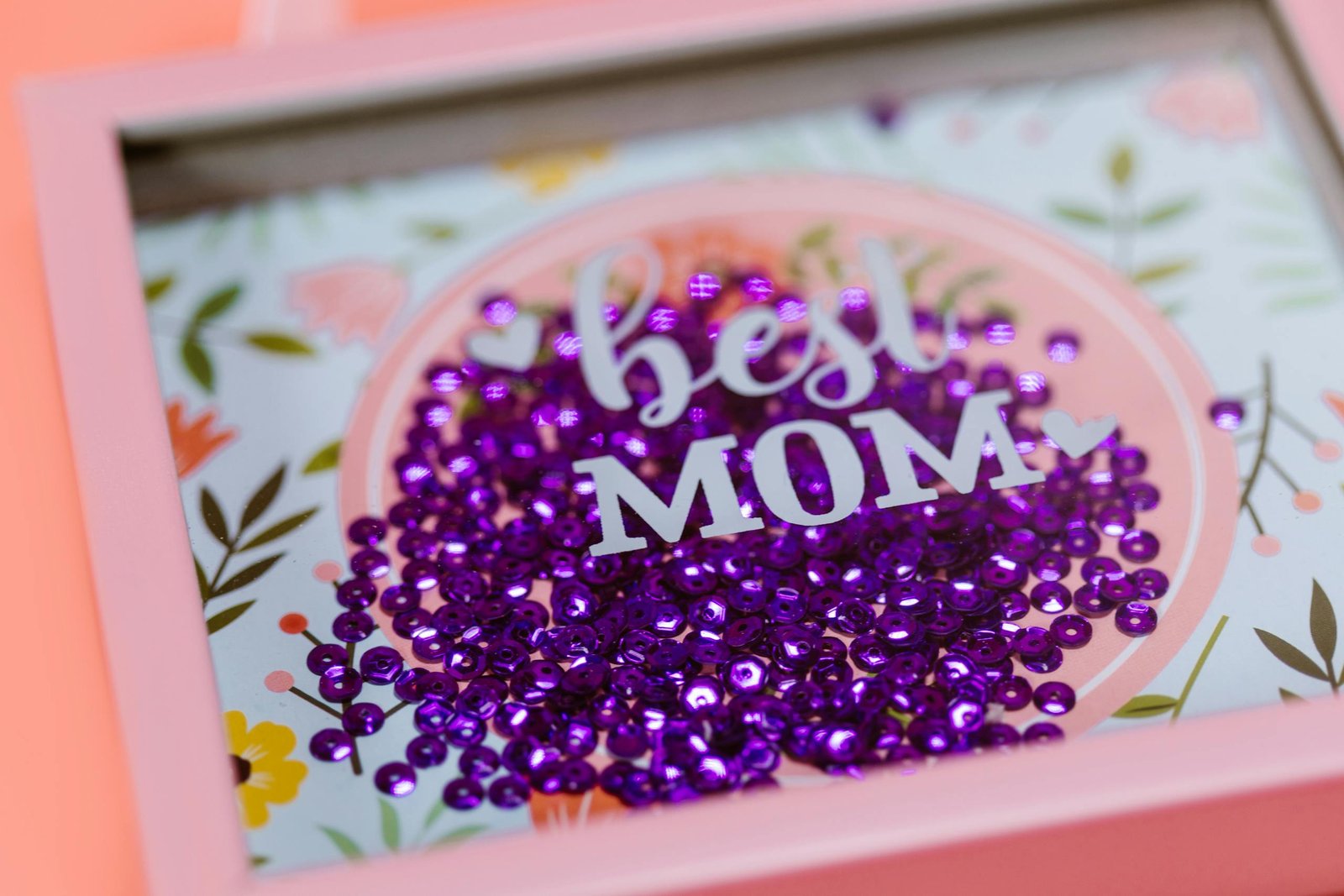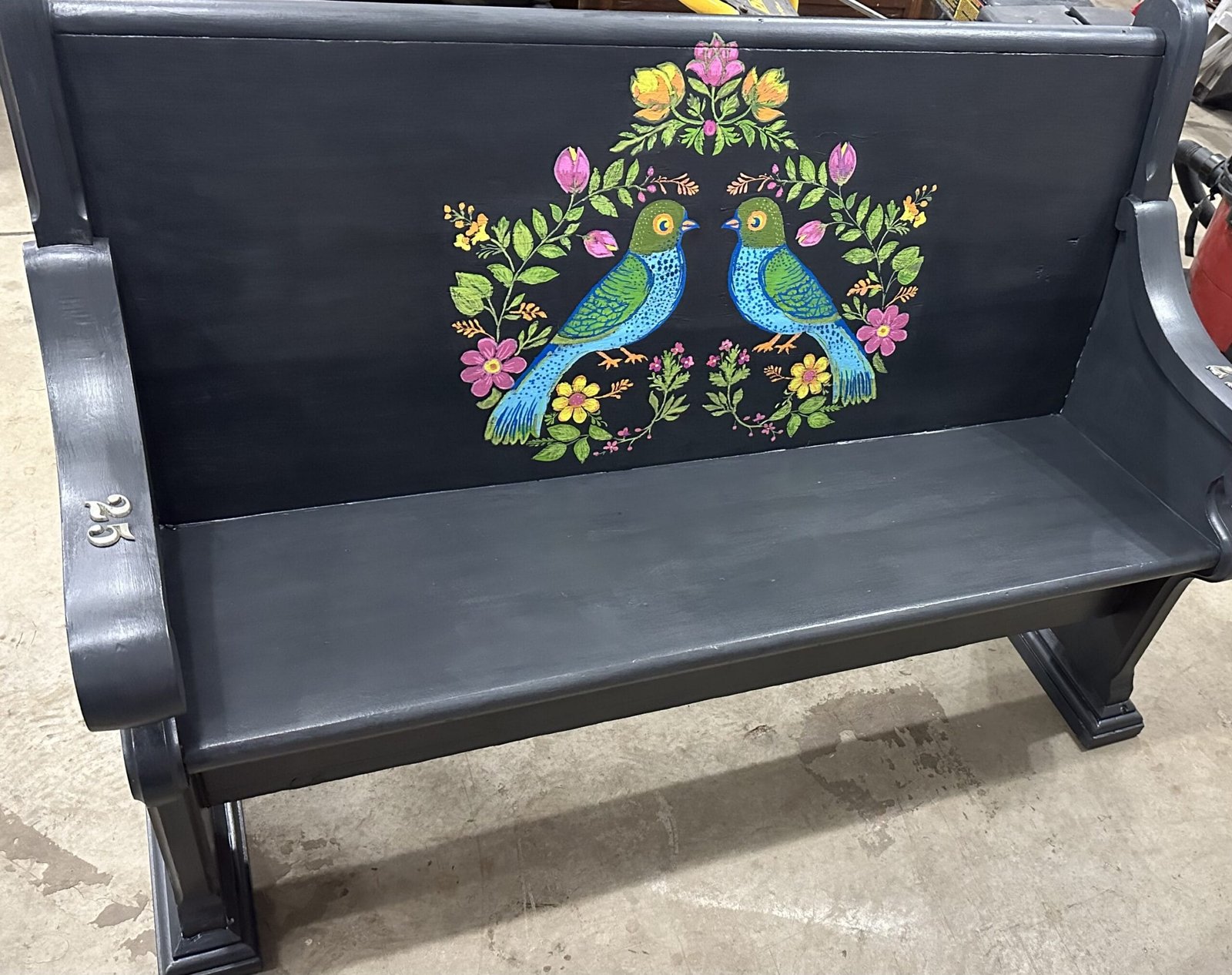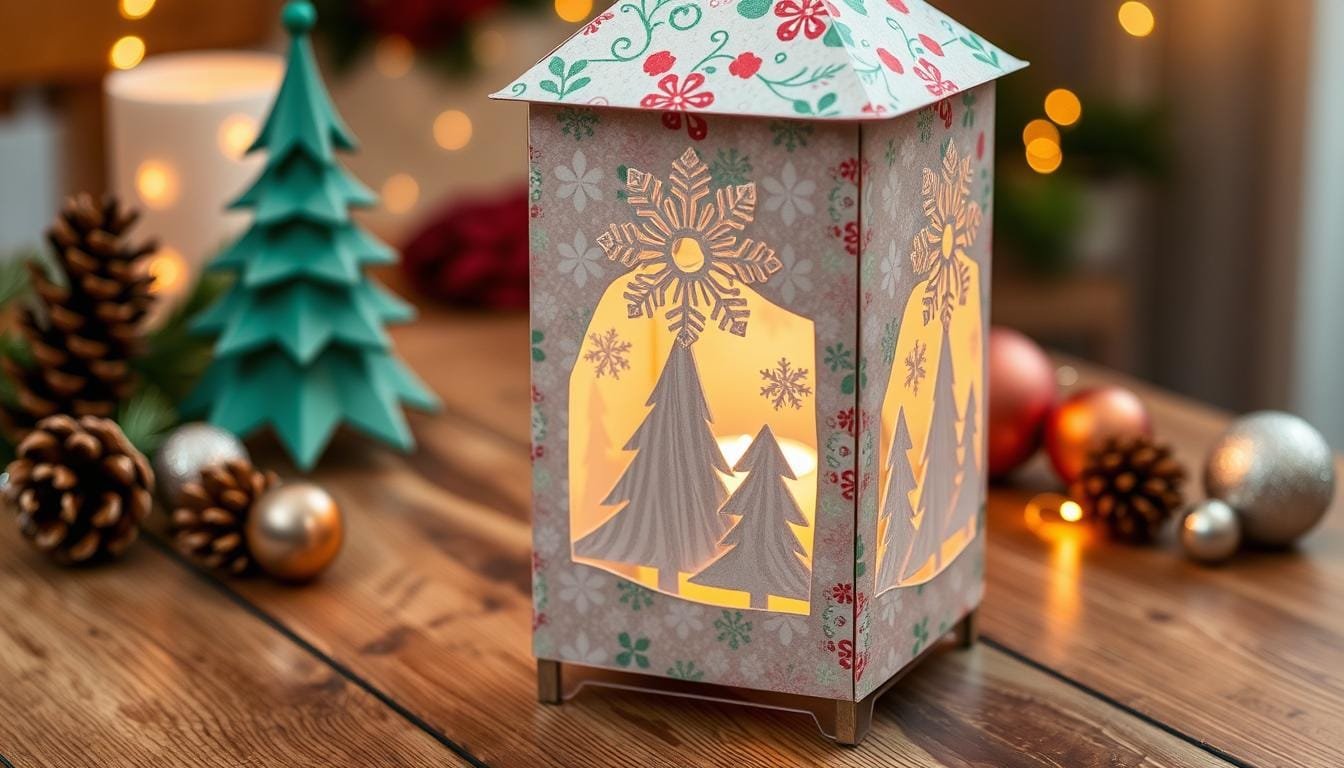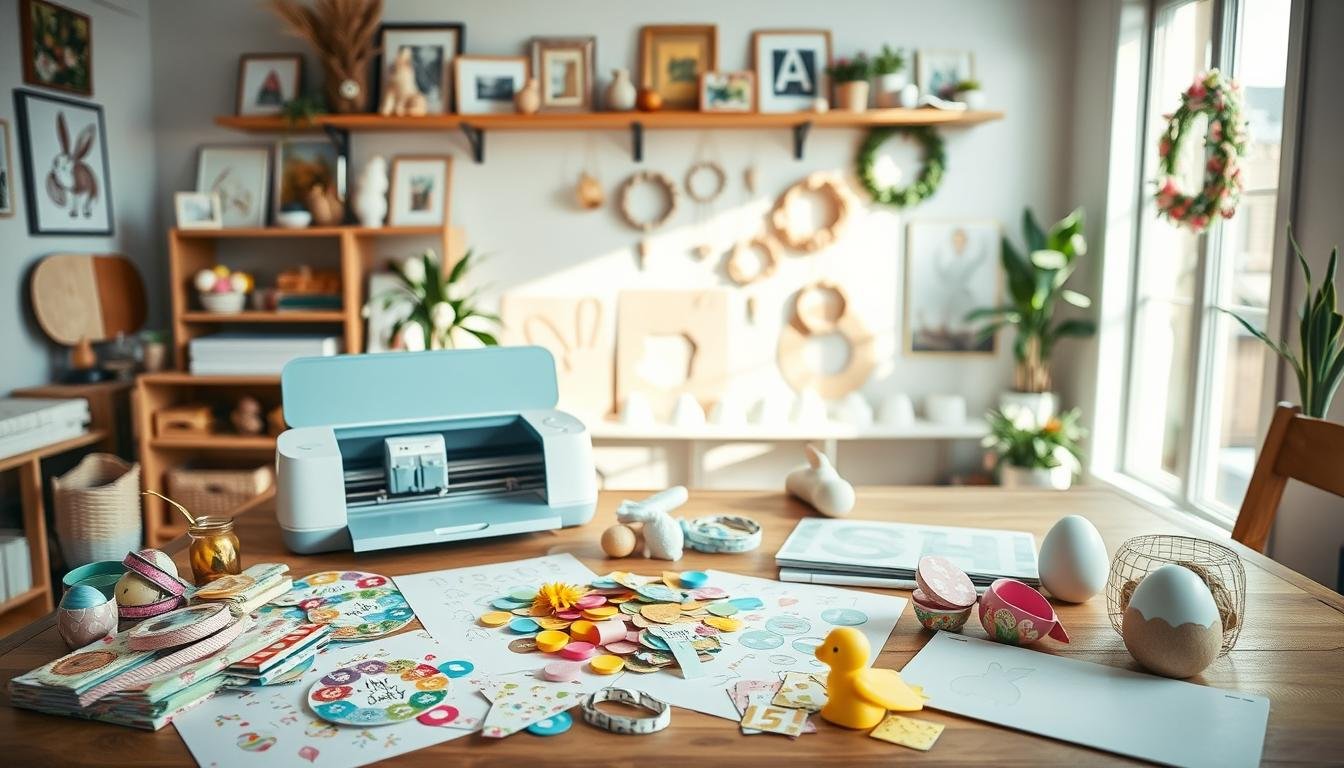Cricut Vinyl vs. Infusible Ink: Which Material Is Right for Your Next DIY Project?
Are you ready to dive into the ultimate crafting showdown? It’s Cricut Vinyl vs. Infusible Ink—and let’s be honest, it’s the kind of choice that can leave even seasoned makers clutching their cutting mats in confusion.
Whether you’re a total Cricut newbie or someone who’s already turned half your home into a personalized paradise, choosing the right material can make or break your project. We’re here to break it all down—no jargon, no drama, just the honest scoop on what each material does best (and where it might let you down).
Quick Takeaways Before We Get Messy with Details
- Cricut Vinyl sticks to just about anything—but won’t last forever
- Infusible Ink actually fuses with your fabric—for long-term wear and tear
- Each material has specific surface, temperature, and durability requirements
- Your project’s purpose and materials will help you pick the right one
Understanding Cricut Materials: The Crafty Foundation
Cricut gives crafters a material buffet. Whether you’re layering iron-on vinyl on tote bags or dreaming of custom mugs that survive the dishwasher, understanding your materials is key.
Main Types of Cricut Materials
- Adhesive Vinyl (permanent & removable)
- Iron-on Vinyl (also known as heat transfer vinyl or HTV)
- Infusible Ink Transfer Sheets
- Cardstock, Paper, Fabric, and more
How to Choose the Right Material
Before hitting that “Cut” button, ask yourself:
- Will this live indoors or outside?
- Should it last through laundry cycles?
- What kind of surface am I working with?
- Do I want bold colors or soft, subtle designs?
Vinyl vs. Infusible Ink: The Real Difference
| Material | Best For | Key Characteristics |
|---|---|---|
| Cricut Vinyl | Glass, wood, metal, walls | Removable or permanent; applied with transfer tape |
| Infusible Ink | Polyester fabrics & compatible blanks | Heat activated; becomes part of the material |
Think of vinyl as a sticker with serious attitude—great for home décor, mugs, and more. Infusible Ink, though, is a chemistry experiment gone right. The ink literally infuses with your base, creating a permanent, professional finish that won’t peel or crack.
Cricut Vinyl: Features, Types & Applications
Permanent vs. Removable Vinyl
- Permanent Vinyl: Great for outdoor signs, mugs, and water bottles. It’s water- and UV-resistant, with a shiny finish.
- Removable Vinyl: Ideal for walls and seasonal décor. It peels off cleanly and has a matte finish.
Best Surfaces for Vinyl Projects
| Surface | Recommended Vinyl | Project Ideas |
|---|---|---|
| Glass | Permanent | Custom drinkware, glass signs |
| Wood | Permanent | Home décor signs |
| Metal | Permanent | Mailbox numbers, outdoor labels |
| Walls | Removable | Quotes, decals, nursery art |
With hundreds of colors and finishes—glitter, metallic, holographic—vinyl gives your creativity room to shine (literally).
Cricut Infusible Ink: Science Meets Style
Infusible Ink takes personalization to the next level. Instead of sitting on top of the surface, the ink bonds with it, leaving a design that’s smooth, seamless, and permanent.
How It Works
- Requires polyester or specially coated blanks
- Apply using 375–400°F heat with a Cricut EasyPress or heat press
- Use transfer sheets, pens, or markers
Why Crafters Love It
- Durability: Designs won’t peel, crack, or fade
- Vibrancy: Colors become even brighter with heat
- Comfort: The ink is inside the fabric, not on top
Pro tip: Only use Cricut-compatible blanks to avoid heartbreak and heat press meltdowns.
Durability Showdown: Infusible Ink vs. Vinyl
Wash & Wear Tests
- Infusible Ink: Survives endless laundry loads—no cracking, no peeling
- Vinyl: Can peel over time, especially on frequently washed items
Fabric Matters
| Fabric Type | Infusible Ink Performance |
|---|---|
| 100% Polyester | Best results |
| 50/50 Cotton-Poly | Muted, vintage effect |
| 100% Cotton | Not compatible |
Infusible Ink is made for the long haul. Vinyl gives you flexibility. One’s a marathoner, the other’s a sprinter—it just depends on your race.
Cost Comparison: Vinyl vs. Infusible Ink
Upfront Costs
- Infusible Ink Sheets: $15–$25 per pack
- Vinyl Rolls: $5–$15 per roll
- Heat Press: $100–$300 (for both, but essential for Infusible Ink)
Cost Per Shirt
- Vinyl Project: $3–$7
- Infusible Ink Project: $5–$10
Infusible Ink may cost more initially, but you’ll likely get longer-lasting results—especially on wearables that see the inside of a washer more often than you’d like to admit.
Application & Learning Curve
Vinyl
- Cut your design
- Weed the excess vinyl
- Use transfer tape to apply
Infusible Ink
- Cut and weed the design (wear gloves—trust me)
- Preheat the blank
- Use a heat press at the correct temp and time
Vinyl is easier for beginners. Infusible Ink has a steeper learning curve, but the final results? Chef’s kiss.
Design Space Compatibility Tips
- Always mirror your design for Infusible Ink
- Use the correct cut setting for your material (vinyl and Infusible Ink are not interchangeable)
- Check your machine’s maximum cutting width before planning giant projects
The Cricut Maker and Cricut Explore machines handle both vinyl and Infusible Ink beautifully—just adjust the settings and let the machine do the magic.
Project Inspiration: Get Crafting
Home Decor
- Wall decals with removable vinyl
- Customized coasters with Infusible Ink
- Glass jar labels using permanent vinyl
DIY Fashion
| Project | Material | Difficulty |
|---|---|---|
| Custom T-Shirts | Iron-on Vinyl | Easy |
| Poly Tote Bags | Infusible Ink | Intermediate |
| Denim Jackets | Permanent Vinyl | Advanced |
Gift Ideas
- Monogrammed tumblers
- Personalized notebooks
- Infusible Ink baby bodysuits
Final Thoughts: Which Should You Choose?
There’s no universal winner here—just a better choice for your specific project.
Choose Cricut Vinyl if: you want flexibility, fast results, or temporary designs on all sorts of surfaces.
Go with Infusible Ink if: you want long-lasting, professional-looking designs that won’t fade, crack, or peel.
The best crafting material is the one that brings your vision to life. Start where you are, experiment often, and remember—there’s no such thing as wasted glitter or failed projects, only learning opportunities with character.
Need More Cricut Crafting Tips?
Subscribe to our newsletter for project ideas, material guides, and free SVG files delivered straight to your inbox!
Jen is a healthcare pro by day and a DIY enthusiast by night, bringing creativity to life on JF Craft Corner! From decoupage to Cricut crafts, she’s all about making DIY magic (and a little mess). She also co-runs The Heart of Mindful Living blog and podcast, inspiring others to refresh their minds and nurture their souls. Her trusty sidekick? Fergus, her chocolate Shih Tzu and certified therapy dog, always on cuddle duty. Jen believes true leadership starts with kindness—and, of course, a little glitter!




